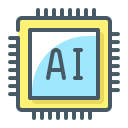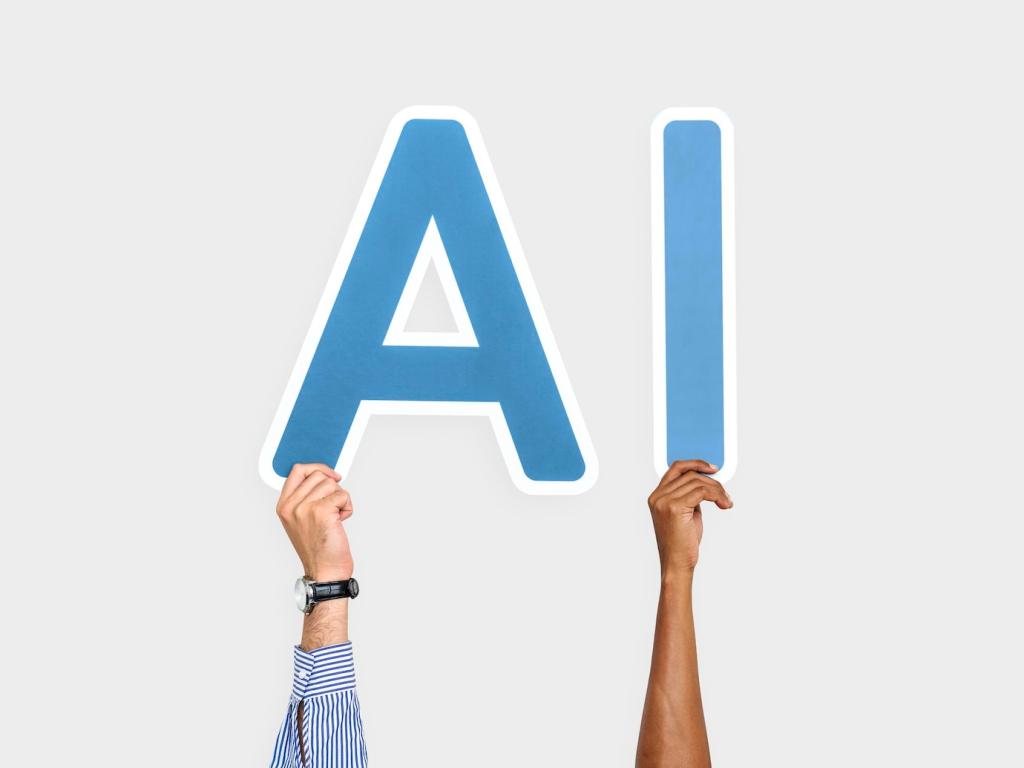Community, Practice, and Next Steps
Publish a small project every two weeks, even if imperfect. Post your notebook, write a reflection, and track lessons. Over months, this becomes a portfolio that proves persistence, curiosity, and practical skill to collaborators, mentors, and prospective employers.
Community, Practice, and Next Steps
Introduce yourself in beginner friendly forums, Discord communities, and local meetups. Participate in a Kaggle playground competition and ask specific questions. Helpful people appear when you show effort and curiosity. Your future collaborators may already be watching quietly.






